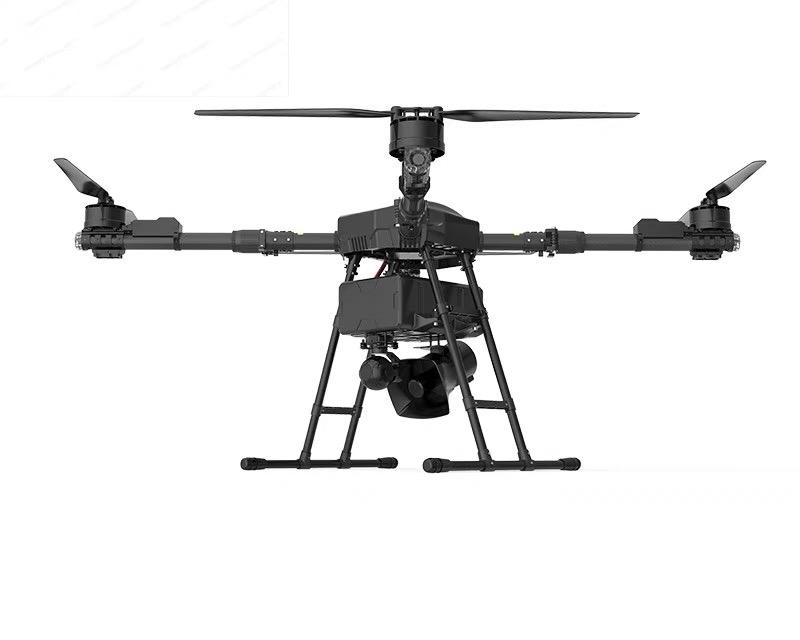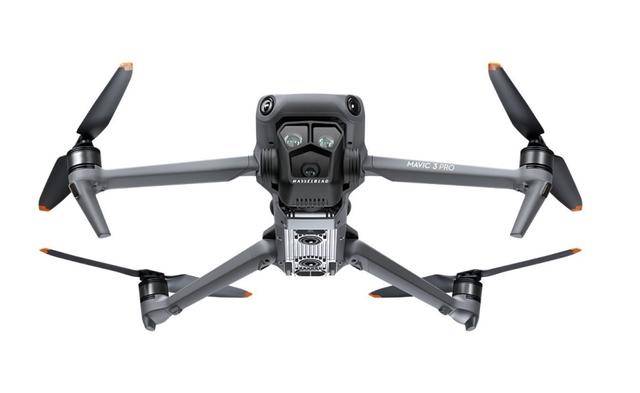The Origin and Evolution of Drones: Discovering Who Invented the Drone
The inception of drones, or unmanned aerial vehicles (UAVs), can be traced back to the early 20th century when aviation pioneers sought methods to operate aircraft without onboard pilots. The concept of remote-controlled aircraft gained traction during World War I, aiming to reduce military risks by eliminating human presence in combat areas. However, who invented the drone? This question leads us to explore the evolutionary trajectory of UAV technology.
One of the earliest attempts in drone development occurred in 1916 with the creation of the “Aerial Target,” a radio-controlled aircraft developed by British engineer Archibald Low. Although it never achieved combat success, it laid the groundwork for future innovations. Fast forward to World War II, where the U.S. introduced the “Radioplane OQ-2,” designed for target practice. This marked a significant milestone in UAV progression.
The Rise of Modern Drones
Throughout the latter half of the 20th century, technologies rapidly evolved, from simple radio control to sophisticated autonomous systems. The real breakthrough in modern drone technology arose in the 1980s and 1990s, with advancements in microprocessors and global positioning systems (GPS). These technological innovations enabled drones to perform more complex tasks, leading to their integration into military operations and civilian commercial use. Prominent figures like Abraham Karem have greatly influenced UAV design with innovations such as the Predator drone, a pivotal UAV with reconnaissance capabilities.
Karem’s contribution significantly shaped the drone industry, making UAVs reliable, efficient, and capable of long-endurance missions. His work established a foundation that allowed drones to evolve from military tools to versatile devices used in various sectors today.
that allowed drones to evolve from military tools to versatile devices used in various sectors today.
Commercialization and Consumer Drones
With the commercialization of drones, consumer-oriented UAVs began appearing in the early 21st century. Companies like DJI led the charge by supplying affordable and operational drones for personal use, transforming drones into widely accessible technological innovations. These drones are equipped with high-resolution cameras and sophisticated flight control systems, appealing to hobbyists and professionals in fields like photography, agriculture, and logistics.
The impact of UAVs extends beyond private use; drones have also become essential in humanitarian efforts, providing aerial surveys in natural disaster areas, delivering goods to inaccessible regions, and assisting with environmental conservation work.
The Future of Drone Technology
Looking ahead, the future of drone technology promises further advancements as artificial intelligence and machine learning become increasingly integrated. These developments will enhance autonomous decision-making, improve efficiency, and expand functional capabilities in surveillance, delivery, and emergency response scenarios.
The regulatory landscape continues to evolve, encouraging safe and responsible drone operation while balancing innovation and privacy concerns. International collaboration on standards and practices facilitates the integration of UAV technology into mainstream society.
Frequently Asked Questions (FAQs)
Who was responsible for the first practical drone design?
British engineer Archibald Low is credited with pioneering the concept of early drone design with his development of the “Aerial Target” during World War I.
What was a significant advancement in drone technology?
The introduction of the GPS and microprocessor advancements in the 1980s and 1990s marked a pivotal turning point, enabling drones to perform complex operations autonomously.
How have drones impacted civilian industries?

Drones have revolutionized civilian industries by providing innovative solutions in agriculture, logistics, photography, and humanitarian aid, allowing for efficient and cost-effective operations.